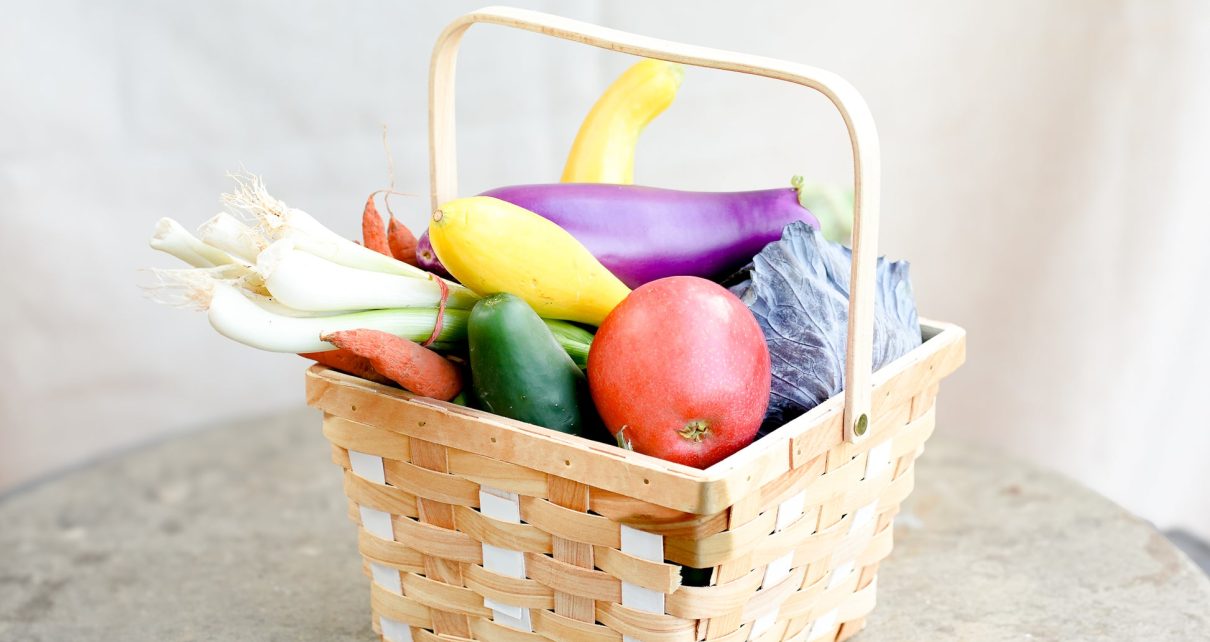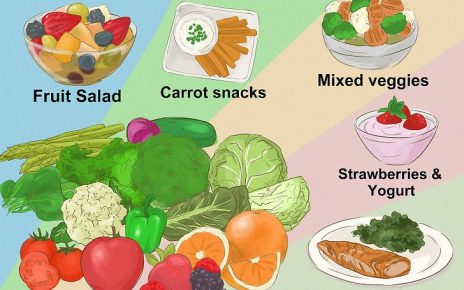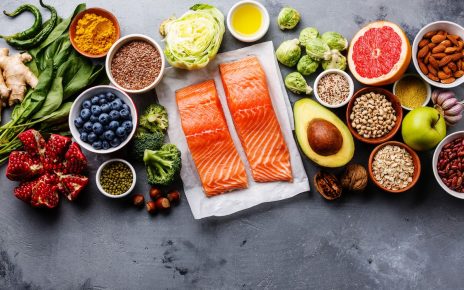Ever bite into a strawberry in December and feel… nothing? It looks the part, a vibrant red, but the flavor is a watery ghost of its former self. That’s the taste of food out of sync. Seasonal eating is the antidote. It’s about re-aligning our plates with the natural calendar, and honestly, the benefits are a game-changer for both our bodies and the planet.
Let’s dive in. This isn’t about a restrictive diet. It’s about a more intuitive, connected way of living. Think of it as tuning your radio to the clearest station—the one broadcasting directly from the farm fields near you.
Why Your Body Craves What’s in Season
Our bodies are surprisingly smart. They have this innate intelligence that, when we listen, guides us toward what we need. Seasonal eating is basically partnering with that intelligence.
A Nutritional Powerhouse on Your Plate
Produce harvested at its peak of ripeness, when it’s meant to be harvested, has significantly higher vitamin, mineral, and antioxidant content. A tomato basked in the summer sun is a completely different nutritional entity than one grown in a hothouse and shipped thousands of miles. That journey costs it dearly in flavor and nutrients, which degrade over time.
It makes sense, right? Summer foods like cucumbers, watermelon, and berries are often light and hydrating—exactly what we need to cope with the heat. Conversely, the hardy squashes, potatoes, and robust greens of fall and winter provide the complex carbohydrates and sustained energy our bodies crave in colder weather.
Flavor That Actually Tastes Like Something
This is the simplest, most immediate payoff. A peach that’s been allowed to ripen on the tree until it’s practically bursting is a spiritual experience. You don’t need fancy sauces or complicated recipes. The food itself is the star. Seasonal eating brings the “wow” back to every meal.
The Ripple Effect: How Seasonal Choices Help the Planet
Here’s the deal: when you choose a seasonal carrot from a local farm over one flown in from another continent, you’re casting a vote for a healthier ecosystem. The impact is profound.
Let’s break down the sustainability angle, which is a huge pain point for many of us wanting to reduce our footprint.
Slashing Food Miles and Your Carbon Footprint
The term “food miles” refers to the distance your food travels to get to you. That out-of-season asparagus in January? It likely has a passport full of stamps. This long-distance transportation relies heavily on fossil fuels, contributing significantly to greenhouse gas emissions. Local, seasonal produce drastically cuts those miles down.
Supporting Biodiversity and Soil Health
Industrial agriculture often relies on monoculture—growing vast fields of a single crop. This depletes the soil and makes crops more vulnerable to pests. Seasonal, local farming, on the other hand, encourages crop rotation and diversity. Farmers grow a variety of things throughout the year, which naturally enriches the soil and supports a healthier farm ecosystem.
It’s a win-win. You get more interesting variety on your plate, and the earth gets a break.
Okay, But How Do You Actually Do It? A Practical Guide
This all sounds great, but if you’re staring at a supermarket aisle that looks the same in July as it does in January, it can feel confusing. Where do you even start?
Get to Know Your Local Growing Seasons
This is step one. You don’t need to memorize a chart, just get a general sense. A quick online search for “seasonal produce guide [your state or region]” will give you a fantastic starting point. Print it out and stick it on the fridge.
Make Friends with Your Farmers’ Market
This is the easiest hack. The farmers’ market is the epicenter of seasonal eating. What’s on the tables is what’s being harvested right now. Plus, you can talk to the growers. Ask them what’s best this week, or for cooking tips for that strange-looking kohlrabi. They are a wealth of knowledge.
Embrace a “Seasonal Core” Mentality
You don’t have to be 100% perfect. Aim for making the core of your diet—your vegetables, fruits, and herbs—seasonal. Staples like grains, legumes, and pantry items can remain. This flexible approach makes it sustainable for the long haul.
Here’s a quick, general glimpse at what you might find, though this varies wildly by region:
| Season | Common Produce (Northern Hemisphere) |
| Spring | Asparagus, peas, radishes, spinach, strawberries, artichokes |
| Summer | Tomatoes, corn, zucchini, peaches, berries, cucumbers, basil |
| Fall | Apples, pears, pumpkins, squash, sweet potatoes, kale, Brussels sprouts |
| Winter | Citrus fruits, pomegranates, hardy greens, leeks, parsnips, stored root vegetables |
The Challenges (Let’s Be Real) and How to Overcome Them
Sure, it’s not always easy. Modern life is built for convenience. Winter in a cold climate can feel… sparse. But that’s where preservation comes in.
Learning to freeze summer berries, make a big batch of tomato sauce, or even just properly store apples and root vegetables can bridge the gap. It’s a skill that connects you even deeper to your food. And honestly, a bag of frozen peas you put up yourself in June is a million times better than a sad, imported one in February.
A Final Thought: More Than a Trend
Seasonal eating is a return to a rhythm that’s both ancient and deeply sensible. It’s about experiencing food at its best, reducing our strain on the environment, and supporting the people who grow our food. It’s a practice that asks us to pay attention—to the turning of the earth, the shift in the air, and the offerings of the soil.
It re-weaves a connection that was never meant to be broken. And that first sun-warmed, perfectly ripe peach of the season? Well, that’s just a delicious bonus.




